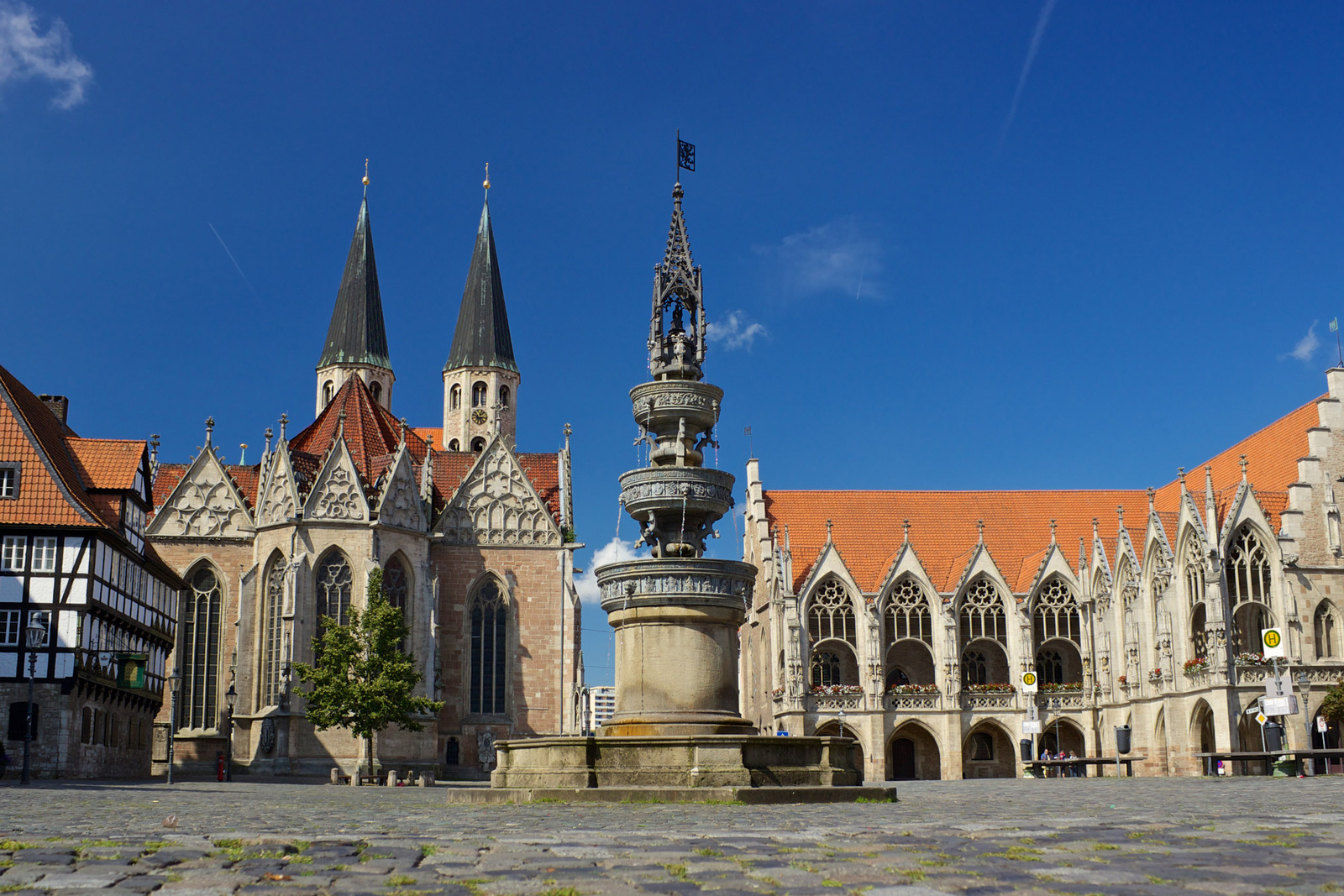Braunschweig: what you need to know

Inhabitants: 250 000 (Dec 2016)
City territory: 192 km²
Population density: 1 306 inhab./km²
Elevation above sea level: 72 m
Braunschweig – in the Anglo-Saxon context better known as “Brunswick” – is among the cities with the highest employment rates in research and development in Germany. With 7 3 per cent (2013) the city also ranks among the regions with the highest share of its gross domestic product spent on research and development (R&D) on the European scale. The city counts 20 000 students in two universities and 15 000 employees in R&D. Besides the Thünen Institute there are 26 other research institutes such as a branch of the German Aerospace Centre (DLR), the National Metrology Institute of Germany (PTB) which hosts four of the atomic clocks responsible for regulating the world time as well as Fraunhofer, Helmholtz and Leibniz research institutes Thus, Brunswick also calls itself “City of Science”.
To improve the dialogue between science and the public, the city opened the “Haus der Wissenschaft” (House of Science) on the main campus of the Technical University (TU Braunschweig). There is a restaurant on the rooftop of the 42 meter high building allowing for a panoramic view of the city.
For those seeking to see Braunschweig from above, there is also the opportunity to climb the south tower of the St Andreas Church which is the highest in the city (93 meters). And luckily, thanks to sponsoring, climbing the 389 steps is for free in 2017.
Besides the medieval Lion sculpture on the Domplatz (with the original from around 1166 being exhibited in the nearby Museum Burg Dankwarderode), there are some beautiful buildings from the Hanseatic League when Brunswick was an independent city; namely the Alte Waage, the Gewandhaus and the Altstadtrathaus which is also the venue of the conference reception on Thursday. There are two bowers (Kemenaten; from Latin caminus), the oldest mundane buildings of the city (13th century) open for visit.
In the Magniviertel, the city’s pub district, many half-timbered houses from farmers and artisans were preserved, with the oldest being built in 1432. Today many small shops and bars are settled in the Magniviertel and bring about a romantic ambience especially on warm summer nights. These can also be spent in one of the different parks surrounding the Oker, a small river encompassing the city centre. You can also take a boat and paddle along the river.
Further information
From Gauss to Galileo:
www.braunschweig.de/wirtschaft_wissenschaft/wissenschaftsportal/from-Gaus-toGalileo_brochure_2011_en.pdf
Map of Braunschweig as city of science:
www.braunschweig.de/wirtschaft_ wissenschaft/wissenschaftsportal/ Wissenschaftsstadtplan_BS1.pdf
Haus der Wissenschaft:
www.hausderwissenschaft.org/hdw_eng/ index.html
St. Andreas Tower:
www.standreas.de/startseite.htm (open Wed to Sat 3 – 5 pm)
Braunschweig by boat:
www.okertour.de (daily 10 am – 8 pm)
okercabana.de/floss-boot-sup/ (daily 11 am – 8 pm)
www.okerabenteuer.de/bootsverleihokercabana/ (daily 11 am – 8 pm)
The Bowers (Kemenaten):
www.kemenaten-braunschweig.de (open Mon to Sat 11 am – 5 pm, Sun 12 am – 5 pm)
More information on the city of Braunschweig (Brunswick) is available on the official website:
http://www.braunschweig.de/english/index.html
This website contains links to websites of third parties ("external links"). Those websites are subject to the liability of their operators.